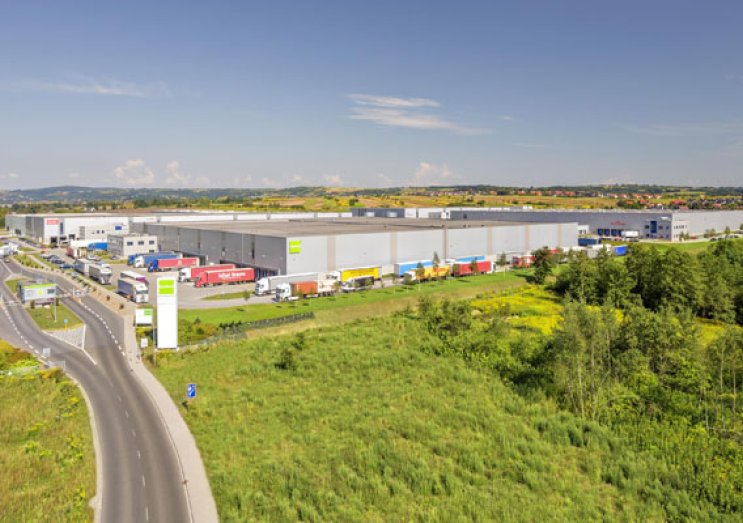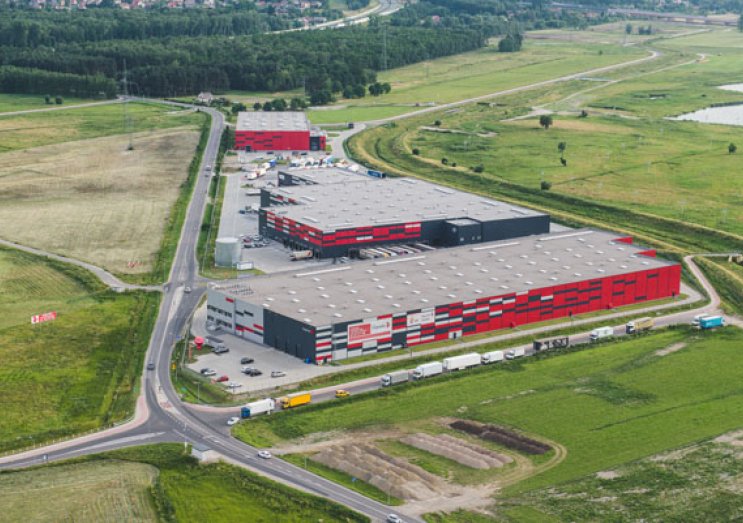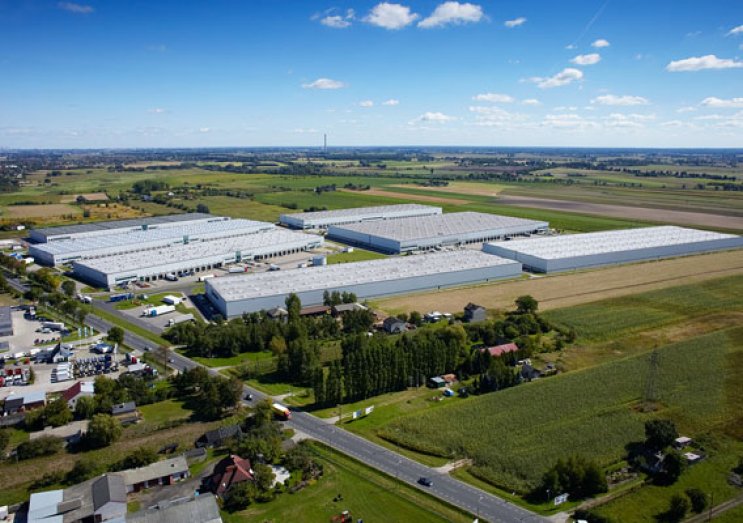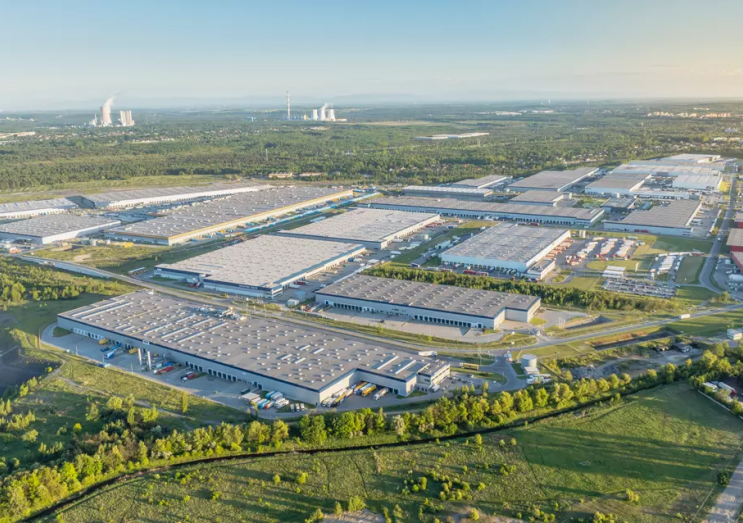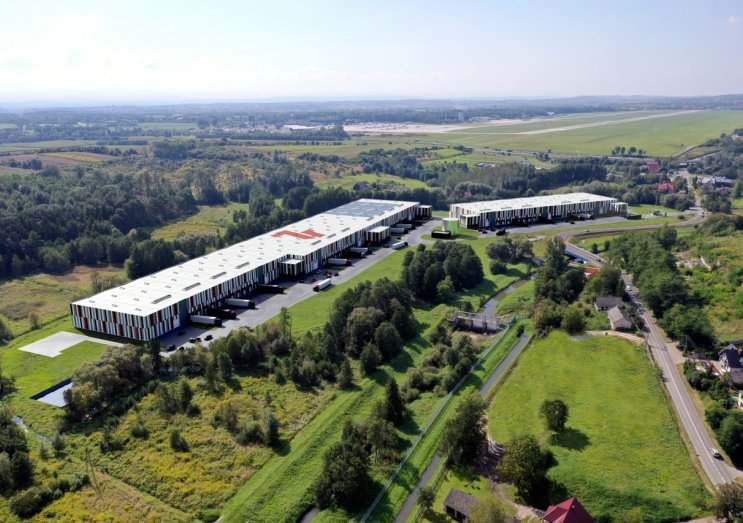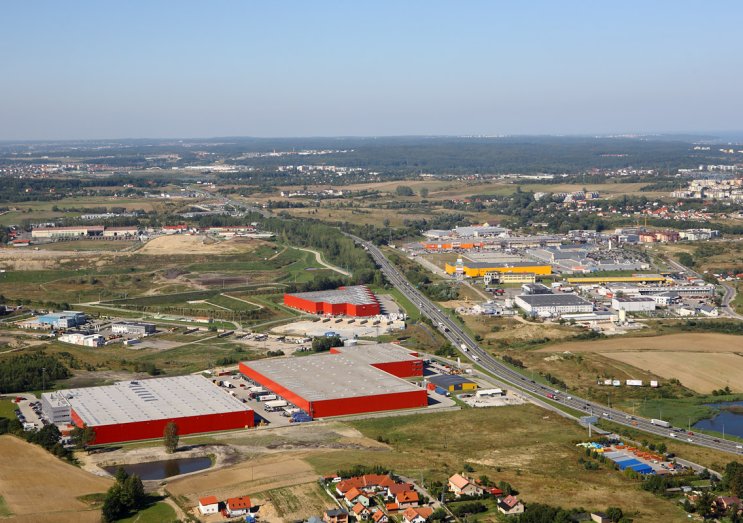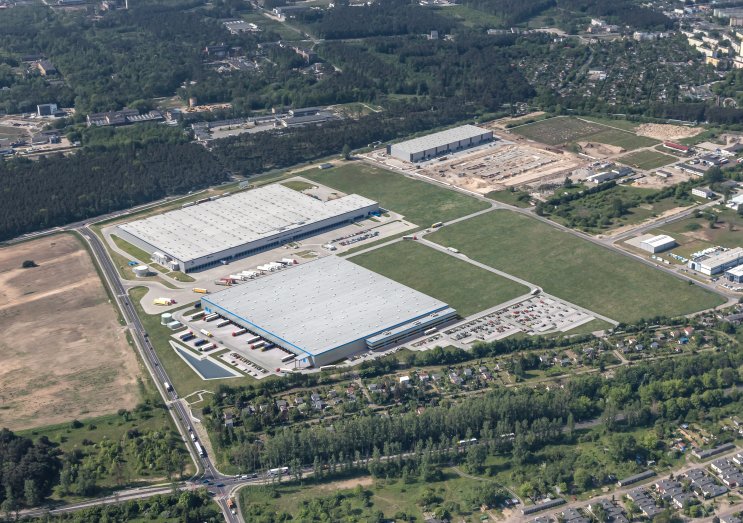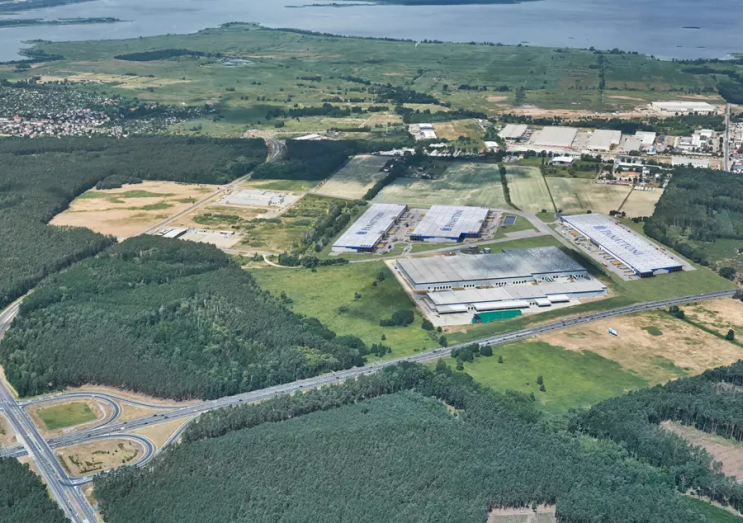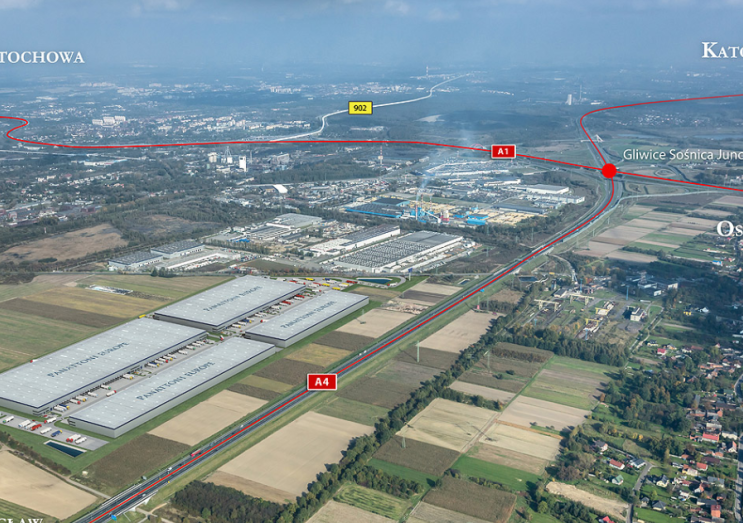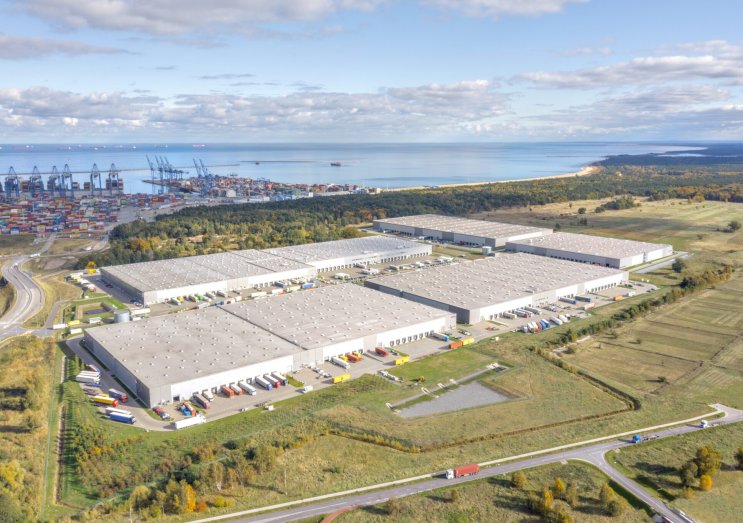Robots and intelligent systems are transforming the logistics and production landscape, helping to reduce labour costs and maintain operational efficiency amid limited workforce availability.
Just a few years ago, full warehouse automation seemed like a solution reserved for global e-commerce giants. Today, according to Jakub Kurek, Head of Industrial and Warehouse, Newmark Polska, medium-sized companies are also increasingly turning to modern technologies. “Our economy is facing rising labour costs and staffing shortages. As a result, businesses are exploring alternatives through process automation – ranging from simple solutions that support operations to fully-robotised warehouse implementations,” he says.
Warehouse as an intelligent ecosystem
The approach to warehouse space is also evolving. Today, tenants expect it to support modernisation and growth, not just day-to-day operations. “The traditional Class A warehouse is no longer enough. Key factors now include technical parameters that enable automation, such as connection capacity, energy availability and IT infrastructure,” says Kurek.
Thanks to automation, warehouses can store more items within the same footprint, resulting in more efficient space utilisation and higher revenue potential. At the same time, there is growing demand for specialists in robot oversight and data analysis. According to Robert Kosicki, Technical and Sales Advisor for Warehouse Automation at Mecalux, automated compact storage systems are currently in the strongest demand, as they enable optimal utilisation of usable warehouse space by increasing storage density within racking structures. Their key components include stacker cranes and Pallet Shuttles, which deposit and retrieve pallets. Clients value these systems for their ability to support racks up to 40 metres high and for their exceptional operational efficiency.
Today, a modern warehouse or manufacturing plant is a complex ecosystem in which automation, robotics and smart management systems interact on many levels. “Importantly, this process begins at the design stage. Developers and tenants work together to analyse not only workstation and aisle layouts, but also aspects such as floor reinforcement to accommodate racks supporting heavier loads, busbar routing and compressed air installations. They also plan space reserved for future production lines,” says Jakub Jankowiak, Development Director at Panattoni BTS. According to the expert, smart, energy-efficient lighting with dynamic control systems – which detect motion and automatically adjust light intensity based on daylight – plays a key role in saving resources.
Technical foundations of automation
Adequate technical conditions, connection capacity and IT infrastructure are fundamental to the efficient operation of automation systems. “Power availability and reliability are a top priority, as automation relies heavily on an uninterrupted electricity supply. That is why our developments increasingly feature additional power sources, such as generators or even independent backup power connections. Equally important are properly designed server rooms and the integration of installations with clients’ systems, which requires compatibility with BMS communication protocols. As regards fire safety, we support tenants by designing sprinkler systems and fire-rated penetrations for automation systems,” says Adrian Winiarek, Partner, Development Director at MDC2.
Automation also improves safety and quality assurance while minimising human error and the risk of product damage. Solutions such as access control systems, real-time utility monitoring, integration with warehouse digital twins or reporting systems help anticipate breakdowns and plan maintenance to minimise downtime.
Technologies that save energy and money
The implementation of robots and smart warehouse management systems (WMS, IoT) helps optimise processes and reduce operating costs. Renewable energy sources, heat recovery systems and water consumption monitoring systems are also increasingly being deployed.
A prime example is the e-commerce distribution centre developed by Panattoni in Świebodzin. It is equipped with over 3,000 mobile robots that transport racks to employees, significantly shortening picking times. The facility also features a PV system with more than 4,000 solar panels (1.7 MWp), a heat recovery system and automated HVAC – together reducing annual energy and water consumption by more than 55 per cent.
Another notable example is the Piła-based warehouse built for CEVA Logistics to serve Signify, where smart LED lighting has reduced electricity consumption by 62 per cent.
Savings are also being generated by Danfoss’ low-emission factory, built by Panattoni BTS in Grodzisk Mazowiecki. Heat recovered from various zones of the building is used for reheating, with up to 80 per cent of the energy required to heat the production hall recovered during the winter season.
“Panattoni estimates that a comprehensive implementation of automation, robotics and green technologies can reduce operating costs by as much as 30–40 per cent compared with traditional facilities, while boosting productivity by several dozen per cent. This shows that modern technologies are not just an addition but are becoming fundamental to the competitiveness of manufacturers and logistics providers,” comments Jakub Jankowiak, Panattoni BTS.
Automation under pressure: implementation barriers and adaptation costs
Although the benefits of automation are clear, the adoption of new technologies in warehouses comes with multiple barriers. “When building new facilities, entrepreneurs do not always plan to deploy automation from the outset. In practice, this means that suppliers need to adapt solutions to existing, partially occupied space. The most common challenge is insufficient building height. In Poland, warehouses typically have a clear height of 10–12 metres, which is suitable for warehouses for boxes. However, for warehouses for pallets, facilities with heights between 15 and 32 metres are considerably more cost-effective,” says Robert Kosicki, Mecalux.
Another major challenge is adaptation costs. Expenses for robotics, automated sorters, production lines or energy installations often exceed the value of the building itself. “Tenants increasingly set out automation requirements during the investment phase, and developers undertake preliminary adaptation of the building to these needs. Next, specific systems and installations are implemented in cooperation with technology suppliers. In practice, some of these costs, covered by the developer, can be included in rents, helping tenants lower upfront expenses. This is where advisors play a crucial role by coordinating all arrangements, engaging technical staff and ensuring compliance with OHS and fire regulations,” says Jakub Kurek, Newmark Polska.
Requirements also vary by sector. “For example, the food industry requires specialised cooling and insulation systems, the automotive sector – high-precision robotic lines, and the chemical industry – advanced process safety measures. Integrating these requirements into a facility’s structure can be challenging, especially in multi-tenant warehouses, where excessive adaptations for one tenant may compromise the building’s overall flexibility. That is why, in some cases, a dedicated BTS (build-to-suit) project is the optimal solution, as its entire space can be designed to accommodate specific processes from the very beginning,” adds Jakub Jankowiak.
The rapid pace of technological advancement is another consideration. “The most modern systems today may require upgrades within just a few years. That is why it is essential to design facilities with adequate power reserves, space for expansion and modular infrastructure that can be easily adapted to new technologies. Only this approach can ensure that investments in automation remain profitable over the longer term,” concludes the expert from Panattoni BTS.
Competitive advantage for years to come
Automation and robotisation are gaining ground in the warehouse market, setting new standards for efficiency and process scalability.
The key to success lies in cooperation among tenants, advisors, developers and technology suppliers from the design stage. The market is moving towards fully smart warehouses, where robotics, IoT and digital twins form the core of operational competitive advantage. “In the next few years, we are likely to see more autonomous warehouses, capable of monitoring and optimising processes independently. This will translate into a genuine competitive advantage for logistics providers and manufacturers,” predicts Jakub Kurek, Head of Industrial and Warehouse, Newmark Polska.

From left in the photo: Adrian Winiarek, Partner, Development Director, MDC2; Jakub Jankowiak, Development Director, Panattoni BTS; Robert Kosicki, Technical and Sales Advisor for Warehouse Automation, Mecalux; Jakub Kurek, Head of Industrial and Warehouse, Newmark Polska


